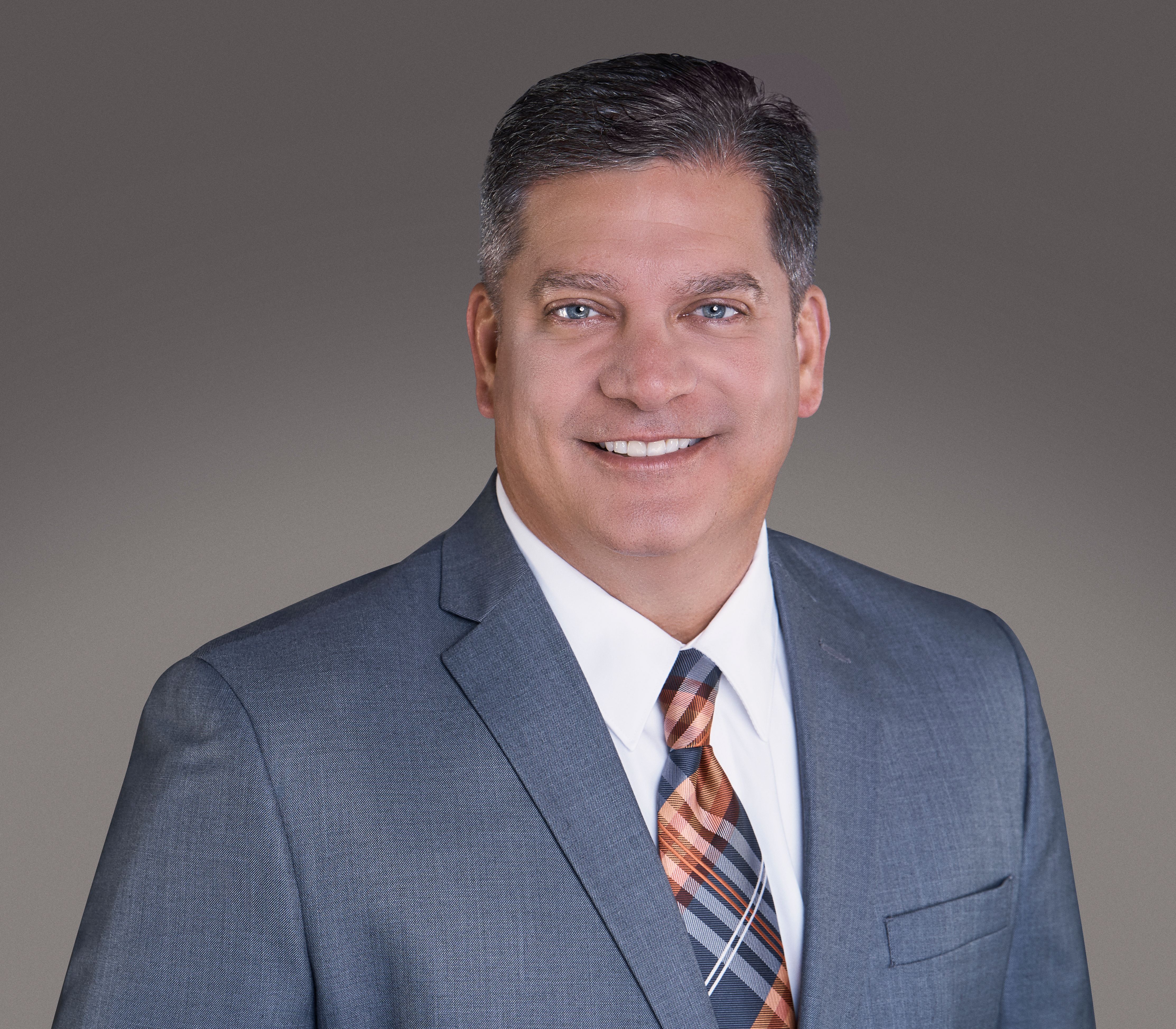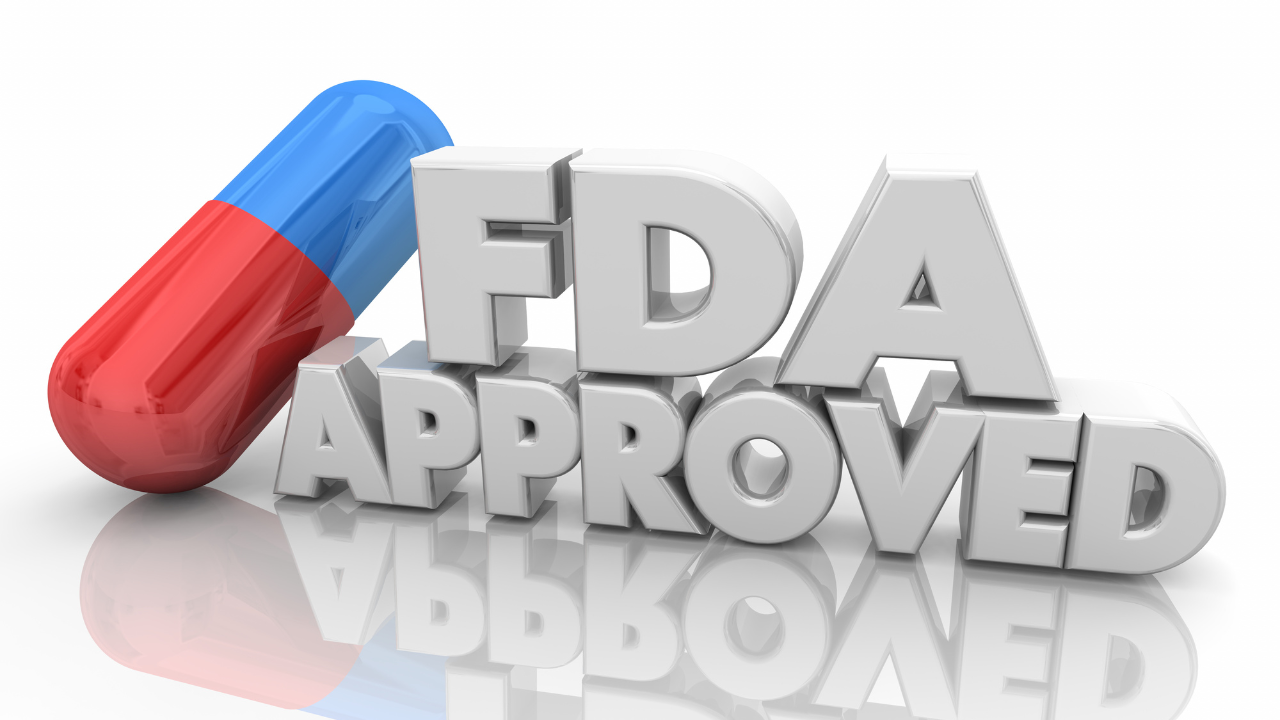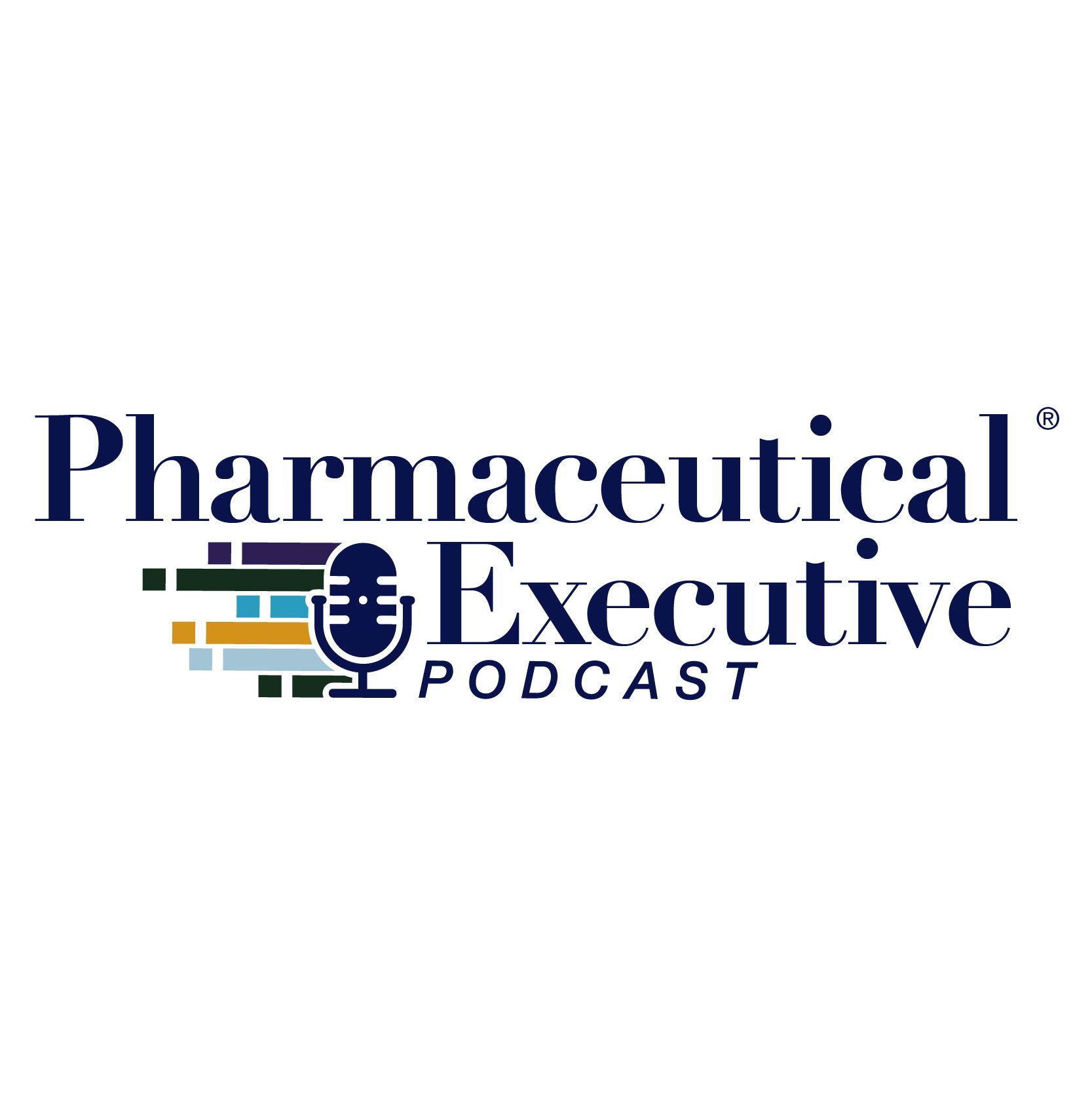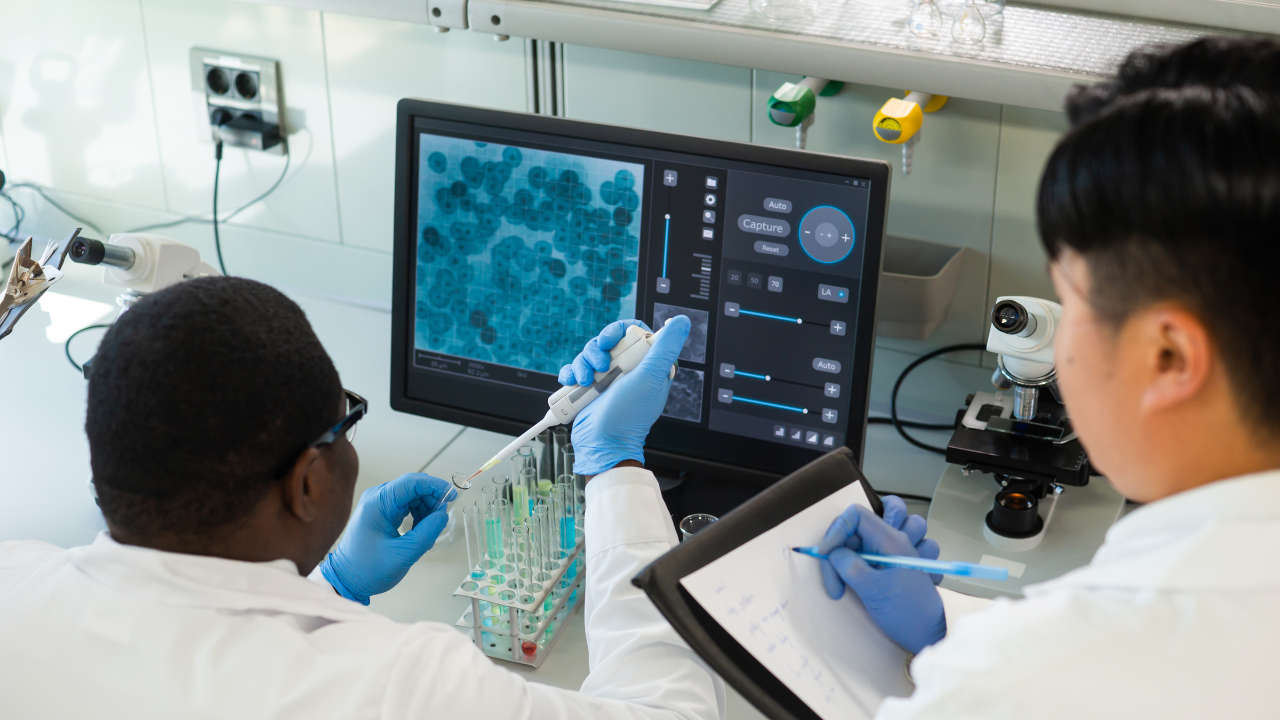Article
Discussing the Use of Virtual Meeting Technology with Sales VP, Chris Deluzio
Following his presentation at Veeva Systems’ Commercial & Medical Summit, Pharmaceutical Executive got a chance to discuss virtual meeting technology and pharma sales with Senior VP, Sales and Commercial Operations, Biohaven, Chris Deluzio.
At Veeva Systems’ Commercial & Medical Summit, Chris Deluzio, Senior Vice President, Sales and Commercial Operations for Biohaven Pharmaceuticals, discussed the long-term impact of COVID-19 on commercial engagement models. Following the event, Pharmaceutical Executive had the chance to speak with Deluzio. He gave insight on a variety of topics spanning from the implementation of virtual meeting technology to sales strategies for pharma reps during COVID-19.
PE: You said at the Veeva event that you were able to ramp up quickly with your launch of NURTEC™ followed quickly with the lockdown doing virtual engagement and using Veeva CRM Approved Email. Had you had systems implemented prior to the lockdown or what was the process?
Deluzio: We were doing virtual engagement before COVID-19, and that has only accelerated now. Yes, we’ve been using Veeva CRM Approved Email before and during the pandemic! We amped up our offerings and content to support our messaging during the pandemic. The feedback from our internal team has been positive. The feedback from our customers has been positive in that we are only leveraging this resource when customers want it… so we are hearing what they are telling us and responding appropriately with this valuable resource. We are a modern-day pharma company and we should be focused on these types of interactions.
PE: Are you back in the field, or what does that look like right now?
Deluzio: We were already leveraging virtual meeting technology on a regular basis before the pandemic hit, so that gave us an advantage when we needed to switch to 100% virtual/digital. Right now, we are in some areas – meaning some offices are still not open to seeing reps face to face.
Chris Deluzio

With that, we are trying to find a balance of “meeting the customer where they are” relative to our engagement. Some days are filled with a lot of face-to-face calls, others a lot of virtual, and mostly a combination of both.
PE: The Veeva roundtable also featured insights from Dr. Andrew Moore at the Southeast Cancer Center on how the in-person sales representative model changed during COVID. And he did have positives to say about virtual meetings. Did your sales reps or physician contacts share similar experiences? What were they?
Deluzio: While we don’t use Engage, we do use Zoom as our virtual engagement platform. Early on, HCPs were very open to the virtual engagement and to some extent we had a “captive audience.” As they entered back into their offices, they seemed to be a bit distracted, similar to what our reps may experience in a face-to-face call. That’s why follow-up with the HCP and the office staff is so critical. One thing I can definitively say is that every HCP is different, and we just need to listen to them and meet them where they are.
PE: Could you elaborate on the training that you did for your reps using digital formats? Are there any specific lessons learned or things that you would recommend to others in the digital training area?
Deluzio: My recommendation is to realize quickly that this will continue to evolve over time with the market and the HCPs we serve. Early on, the focus has to be on defining expectations of this new environment and then train accordingly. This is a significant shift for your “traditional” pharma reps who engaged face to face every day. We now needed to focus on “how to smile to the camera,” educating on the fact that you need to make significantly more phone calls to “prospect” an office for an engagement, and how to effectively use the technology – at the point of interaction with virtual meetings and after using Veeva CRM Approved Email, for example.
PE: Some speculate that post-COVID, commercial sales teams may not be as large. What are your views on that?
Deluzio: I don’t necessarily think size will be different, at least at our organization but rather the approach may be. I expect we will be in a space where in some areas we will deploy a “hybrid” rep to accommodate both virtual and face-to-face interactions. In other areas, all face to face and some areas all virtual. In the end, we have to adjust to where the market is going and those that do will be the most successful. I believe as an organization we have been in front of this and have been flexible since launch and I expect we will continue that trend in the future.
PE: How are you specifically supporting physicians as they transition back to the office? They are reportedly using more telemedicine, maybe they need more patient support programs?
Deluzio: We have truly adopted the self-service digital aspect of getting the message out to HCPs and patients. Additionally, we recently announced a collaboration with the Cove telemedicine network, so that patients who visit the Nurtec website can schedule an evaluation, and if appropriate, get a prescription for Nurtec ODT delivered to their home or local pharmacy. All information around Nurtec ODT is available through multiple media channels. As a company, we are intensely focused on patients, which guides the actions we are taking to ensure awareness of and access to our drug, especially during the pandemic. I expect we will continue doing exactly what we have to get this product to the patients who deserve it.
Newsletter
Lead with insight with the Pharmaceutical Executive newsletter, featuring strategic analysis, leadership trends, and market intelligence for biopharma decision-makers.




